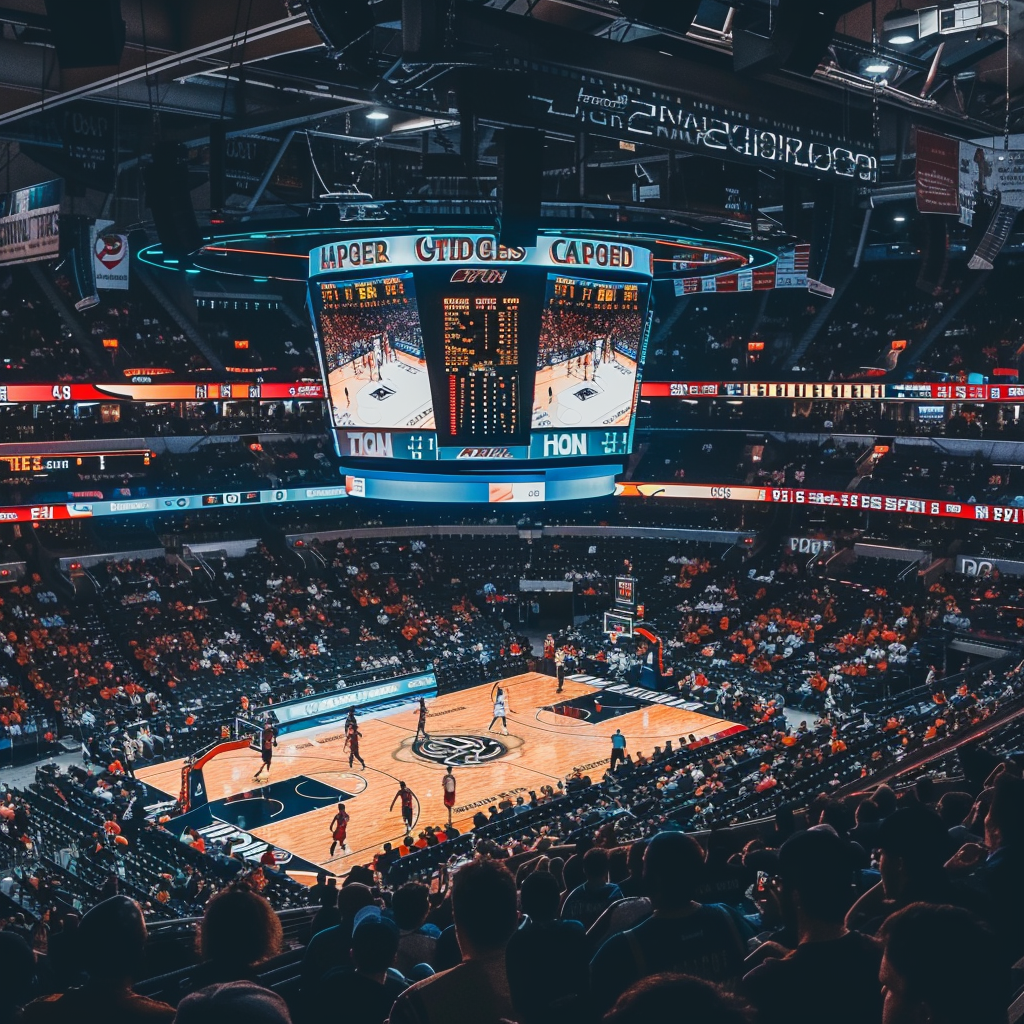Physical fitness is crucial for a basketball player’s performance, as it impacts every aspect of their game, from shooting accuracy to defensive capabilities. Players need to develop strength, endurance, agility, and flexibility to excel on the court. Join basketball live betting for top action at batery.win and see how the best players leverage their physical fitness to dominate the game. This article explores the essential exercises and techniques that contribute to the physical conditioning of basketball players.
Strength Training for Muscle Building
Strength training is vital for basketball players as it enhances their ability to perform powerful movements, resist opponents, and prevent injuries. Key muscle groups for basketball players include the legs, core, and upper body. Strengthening these areas improves performance in various aspects of the game, such as jumping, sprinting, and maintaining stability during physical contact.
Leg muscles, including the quadriceps, hamstrings, and calves, are crucial for explosive movements like jumping and sprinting. Exercises such as squats, lunges, and calf raises help in building strength and power in the legs. Plyometric exercises, like box jumps and depth jumps, are also beneficial as they enhance the explosive power necessary for effective rebounding and shot-blocking.
The core muscles, which include the abdominals, obliques, and lower back, play a significant role in maintaining balance and stability. A strong core aids in executing precise movements and provides the foundation for overall strength. Core exercises such as planks, Russian twists, and leg raises are essential for basketball players to improve their stability and control during games.
Upper body strength is equally important for shooting, passing, and defending. Exercises like bench presses, push-ups, and pull-ups help develop the chest, shoulders, and arms. Strengthening these muscles ensures that players can perform powerful and accurate passes and shots while also holding their ground against physical opponents.
Aerobic Exercises and Cardio Workouts
Cardiovascular fitness is critical for basketball players as it affects their endurance and ability to sustain high-intensity efforts throughout the game. A well-conditioned cardiovascular system allows players to maintain a high level of performance, recover quickly between plays, and reduce fatigue.
Running is one of the most effective cardio workouts for basketball players. Incorporating interval training, which alternates between high-intensity sprints and moderate jogging, can mimic the stop-and-go nature of basketball and improve both aerobic and anaerobic endurance. Long-distance running, while beneficial, should be balanced with high-intensity workouts to ensure players can handle the rapid pace of the game.
Swimming is another excellent cardio exercise, providing a full-body workout that enhances cardiovascular endurance without the impact stress on joints. This is particularly beneficial for recovery and cross-training, as it reduces the risk of overuse injuries while improving overall fitness.
Cycling, whether on a stationary bike or outdoors, offers a low-impact cardiovascular workout that builds endurance and leg strength. Including cycling in a training regimen can help improve players’ stamina and ability to maintain high-energy performance throughout the game.
Flexibility and Coordination
Flexibility and coordination are essential for basketball players to perform agile movements, avoid injuries, and enhance overall performance. Flexibility allows players to execute a full range of motion, which is crucial for shooting, passing, and defending. Coordination ensures that movements are smooth and precise, which is necessary for effective gameplay.
- Stretching exercises, such as dynamic stretches before practice and static stretches after, help in improving flexibility. Dynamic stretches, like leg swings and arm circles, prepare the muscles for high-intensity activity by increasing blood flow and reducing muscle stiffness. Static stretches, such as hamstring stretches and shoulder stretches, aid in recovery and prevent muscle tightness.
- Yoga and Pilates are excellent for enhancing both flexibility and coordination. These practices focus on stretching, strength, and balance, which are all beneficial for basketball players. Yoga poses like the downward dog, warrior poses, and spinal twists can improve flexibility, while Pilates exercises like the roll-up and leg circles enhance core strength and coordination.
- Agility drills, such as ladder drills and cone drills, improve coordination and footwork. These drills mimic the quick changes in direction and speed that are common in basketball, helping players become more agile and responsive on the court.
Specific Training for Basketball Players
Specific training tailored to basketball focuses on developing speed, quickness, and reaction time, which are crucial for on-court performance. These aspects are integral to successful offense and defense, enabling players to move swiftly, react to opponents, and execute plays effectively.
Dribbling drills are essential for ball-handling skills. Exercises like the figure-eight dribble, crossover dribble, and stationary dribbling with two balls help improve hand-eye coordination and ball control. Practicing these drills regularly enables players to handle the ball confidently and make quick decisions during games.
Jumping exercises, such as vertical jumps and squat jumps, are crucial for improving leaping ability. These exercises increase explosive power, which is vital for rebounding, shot-blocking, and executing slam dunks. Consistent practice of jumping drills can significantly enhance a player’s vertical leap and overall athleticism.
In conclusion, physical fitness is essential for basketball players to perform at their best. By incorporating strength training, cardiovascular workouts, flexibility exercises, and specific basketball drills, players can develop the physical attributes needed for success on the court. Join basketball live betting for top action at batery.win and witness how top athletes leverage their physical conditioning to excel in the game.
In addition, we want to recommend you our other article, where we talked about optimization of ticket sales.
FAQ
Strength training enhances players’ ability to perform powerful movements, resist opponents, and prevent injuries on the court.
Key muscle groups include the legs (quadriceps, hamstrings, calves), core (abdominals, obliques, lower back), and upper body (chest, shoulders, arms).
Exercises like squats, lunges, calf raises, and plyometrics (box jumps, depth jumps) are effective for developing explosive power needed for jumping, sprinting, and physical plays in basketball.

